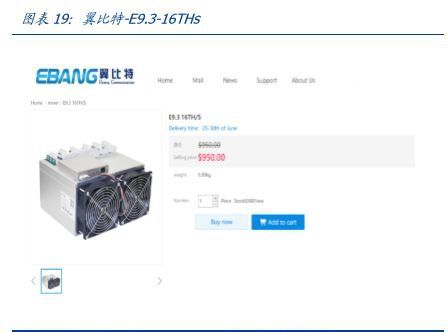The allure of cryptocurrency mining continues to draw enthusiasts and investors from across the globe. Bitcoin, Ethereum, Dogecoin – the digital gold rush is on. But before you dive headfirst into the world of ASICs and hash rates, a crucial consideration arises: voltage compatibility. Specifically, understanding the nuances of 110V and 220V power supplies in mining machines is paramount for a seamless and profitable operation, especially when dealing with overseas deployments.
At its core, cryptocurrency mining is a computationally intensive process. It demands specialized hardware – mining machines, often referred to as miners or mining rigs – that consume significant amounts of electricity. These machines, whether dedicated ASICs for Bitcoin or powerful GPU arrays for Ethereum, are the engines driving the blockchain revolution, validating transactions and securing the network. The efficiency of these machines, measured in terms of hash rate per watt, directly impacts profitability. A poorly optimized or incompatible power setup can severely hamper performance and lead to costly downtime.
The world, however, doesn’t operate on a single standard. Electrical grids vary significantly between countries. North America, for example, primarily uses 110V electricity, while Europe and much of Asia operate on 220V. This difference necessitates a careful consideration of voltage compatibility when sourcing mining equipment from overseas. Purchasing a mining machine designed for 220V and plugging it into a 110V outlet (without a step-up transformer) simply won’t work. Conversely, plugging a 110V machine into a 220V outlet will likely result in irreparable damage.
The implications extend beyond simple functionality. Power efficiency is intrinsically linked to voltage. Mining machines operating on the correct voltage tend to perform more efficiently, consuming less power to achieve the same hash rate. This translates directly into lower electricity bills, a significant factor in overall profitability, especially when operating at scale in a mining farm.

So, how do global users navigate this voltage minefield? Several options exist. The first, and perhaps most straightforward, is to purchase mining machines specifically designed for the local voltage standard. Many manufacturers offer region-specific models, ensuring plug-and-play compatibility. Alternatively, users can employ step-up or step-down transformers to convert the voltage from the wall outlet to the required voltage of the mining machine. While this adds an extra layer of complexity and cost, it can be a viable solution when sourcing equipment from regions with different voltage standards.
Another crucial aspect is the power supply unit (PSU) within the mining machine itself. Many modern PSUs are designed to be universal, accepting a wide range of input voltages (typically 100-240V). However, it’s essential to verify this specification before making a purchase. A universal PSU simplifies the process, allowing the machine to operate seamlessly in different countries without the need for external transformers.
Beyond voltage, frequency also plays a role, albeit a less critical one. Most countries operate on either 50Hz or 60Hz electricity. While mining machines are generally tolerant of slight frequency variations, it’s still advisable to ensure compatibility whenever possible. Mismatched frequencies can, in some cases, lead to reduced efficiency and increased wear and tear on the equipment.
The rise of cryptocurrency mining has also spurred the growth of specialized mining hosting facilities, often referred to as mining farms. These facilities provide a turnkey solution for miners, offering secure and reliable power, cooling, and internet connectivity. When choosing a hosting provider, it’s crucial to inquire about their voltage standards and ensure compatibility with your mining equipment. Reputable hosting providers will typically offer both 110V and 220V options to accommodate a wide range of hardware.
In the context of specific cryptocurrencies, the power requirements and voltage considerations can vary depending on the mining algorithm and the hardware used. Bitcoin mining, which relies on specialized ASICs, tends to be more power-intensive than, say, mining Dogecoin with GPUs. Ethereum, while transitioning away from Proof-of-Work, still has a significant mining community using GPU-based rigs, which also demand careful attention to voltage and power supply.
Navigating the global landscape of cryptocurrency mining requires a thorough understanding of voltage compatibility. By carefully considering the voltage requirements of your mining machines, utilizing appropriate transformers, and choosing reputable hosting providers, you can ensure a smooth, efficient, and profitable mining operation, regardless of your location in the world. This proactive approach minimizes the risk of equipment damage, optimizes power consumption, and ultimately maximizes your returns in the ever-evolving world of digital currencies.

In conclusion, whether you’re mining Bitcoin in Berlin, Ethereum in Ecuador, or Dogecoin in Dubai, understanding the 110V/220V voltage conundrum is an essential step towards becoming a successful cryptocurrency miner. Don’t let a simple voltage mismatch derail your mining ambitions. Research, plan, and ensure compatibility – your profits will thank you for it.


Leave a Reply